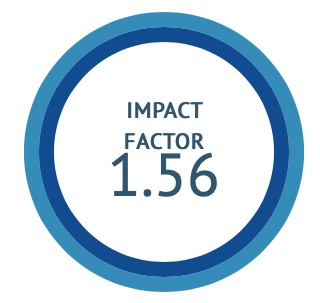Efficacy of Aparajit avaleha in Vataja Kasa in children
DOI:
https://doi.org/10.47552/ijam.v15i2.4495Keywords:
Aparajit Avaleha, Dry cough, Ayurved, Vataja KasaAbstract
Background: In Ayurved classics Kasa is describes as a disease entity rather than a symptom. Many Respiratory Tract disorders can be incorporated under the broad umbrella of Kasa. Vataja Kasa which is characterized by Shuska mukha and gala, Shuska Kasa with Shuska alpa kapha, Swarbheda, Parshva Shool, Shira shool, Urashool, Daurbalya. It can be correlated symptomatically with Dry cough having sign and symptoms as Dry Cough, Coughing with small quantity of expectorant, Shortness of breath, Weakness, Soreness and dryness of throat, Heartburn, Pain in flank region, Dryness of mouth, Hoarseness of voice. Though it is not life threatening it impacts daily routine, work capacity as well as growth and development of a child. Aim and Objectives: To assess the efficacy of Aparajit Avaleha in the management of Vataja Kasa in Children and to study the probable mode of action of Aparajit Avaleha in management of Vataja Kasa. Materials and Methodology: In this study, total 30 patients of Vataja Kasa were included between 6 years to 12 years. The included patients were treated with Aparajit Avaleha described in Chakradutta thrice a day for 14 days with lukewarm water. The assessment was done on the basis of subjective as well as objective parameters. Results: Aparajit Avaleha showed statistically significant improvement in the subjective parameters as well as on objective parameters as most of the drugs possess pharmacological activities as Anti-inflammatory, Anti- asthmatic, Antibacterial, Antispasmodic, Immuno-stimulator, Anti-allergic, Anti- histaminic and Anti-pyretic. Conclusion: Aparajit Avaleha is effective in the management of Vataja Kasa in children.
Downloads
Published
How to Cite
Issue
Section
License
Copyright (c) 2024 International Journal of Ayurvedic Medicine

This work is licensed under a Creative Commons Attribution 4.0 International License.
The author hereby transfers, assigns, or conveys all copyright ownership to the International Journal of Ayurvedic Medicine (IJAM). By this transfer, the article becomes the property of the IJAM and may not be published elsewhere without written permission from the IJAM.
This transfer of copyright also implies transfer of rights for printed, electronic, microfilm, and facsimile publication. No royalty or other monetary compensation will be received for transferring the copyright of the article to the IJAM.
The IJAM, in turn, grants each author the right to republish the article in any book for which he or she is the author or editor, without paying royalties to the IJAM, subject to the express conditions that (a) the author notify IJAM in advance in writing of this republication and (b) a credit line attributes the original publication to IJAM.




